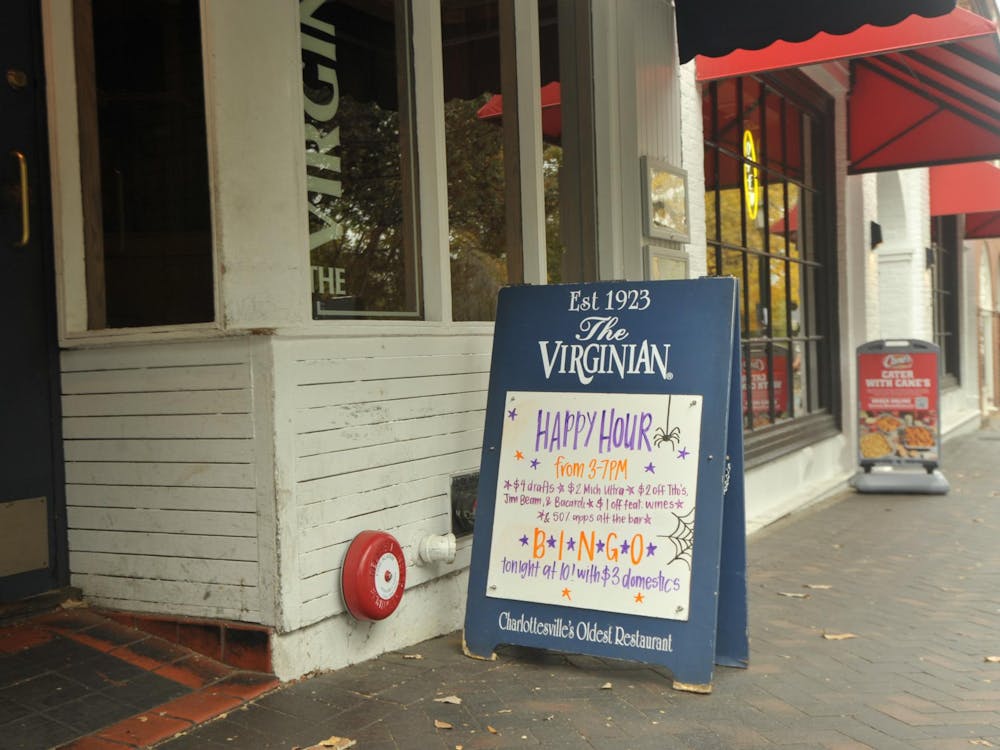An upstart college ranking system that measures institutions' citizenship values placed the University at No. 22, a slot ahead of the University's overall U.S. News and World Report ranking this year.
The new rankings, which appear in the September issue of The Washington Monthly, a left-leaning magazine based in Washington D.C., emphasizes contributions to community service, social mobility, graduation of low-income students and research.
"What we are looking to do is change the way prestige is assigned to universities," Washington Monthly Contributing Editor Danny Franklin said. "The most prestigious schools should not be the ones that do the most for their students but the most for their country."
The University placed 22nd in light of a strong performance in the magazine's community service component, a middling performance in research and weak scores in social mobility.
An article accompanying the rankings harped on the University's low number of Pell Grant recipients.
"Both Indiana University and the University of Virginia are the most elite public institutions in states with populations of roughly similar wealth, yet the percentage of IU students who are Pell Grant recipients is twice that of U.Va.," the article stated.
Such numbers did not show the requisite commitment to social mobility the magazine's editors expected of a public institution, Franklin said.
"To be honest, the fact that a state-funded university would have one of the lowest percentage of students on Pell Grants was offensive to us," Franklin said. "Schools that we think of as elite institutions did better on this than U.Va. We think that frankly the school could be serving its citizens better."
In recent years, the University has taken significant steps to increase the number of low-income students, highlighted by the rollout of the AccessUVa program two years ago, University spokesperson Carol Wood said.
"We've always been concerned about this, but we stepped in two years ago to stop this trend," Wood said. "Having completed the first full year of AccessUVa, we have seen a change in those numbers, and we are not going to let up until we've turned the trend line."
The University fared better in the community service ranking. According to Wood, 84 alumni currently serve in the Peace Corps, and 17,000 local residents were served through Madison House last year. Such metrics were influential in shaping the magazine's community service ranking.
"These things are all important to us," Wood said. "Clearly, economic diversity and service is one of the priorities at the University."
Unlike the U.S News & World Reports rankings, which have become a significant benchmark by which institutions are judged, the rankings do not take into account academic reputation or seek to ascertain the quality of education offered to individual students.
"U.S. News' rankings confer a certain prestige on the schools that do well," Franklin said. "But the things that they are looking at don't benefit the country in any real way."
Quantifying such contributions to citizenship is more difficult. Schools do not all tabulate and publish the same types of data, limiting the Washington Monthly rankings to indicators such as Pell Grant recipients, said Robert Morse, director of data research for U.S. News.
"People have to question the narrow scope of indicators," Morse said. "In many cases, these are public institutions and are accepting public funds, and they claim that they are educating students for the betterment of society. The indicators that they are using certainly aren't enough to conclude their premise that the top five schools are doing the best at that."
For example, the Washington Monthly rankings measure the percentage of Ph.D. students but ignore law and business degrees that are popular at schools such as the University. The rankings also came up with a regression model that predicts graduation rates and compares it to actual graduation rates based on socio-economic diversity. The model predicted, for example, that the University of California-Los Angeles, one of the most selective schools in the nation, should have a graduation rate of only 48 percent, making its 87 percent graduation rate look particularly impressive, according to the Washington Monthly rankings.
"They've raised an important complex question, but that's a sophisticated thing to try to answer," Morse said.
The headline originally inaccurately titled the magazine which performed the rankings as the Washington Weekly instead of the Washington Monthly.






